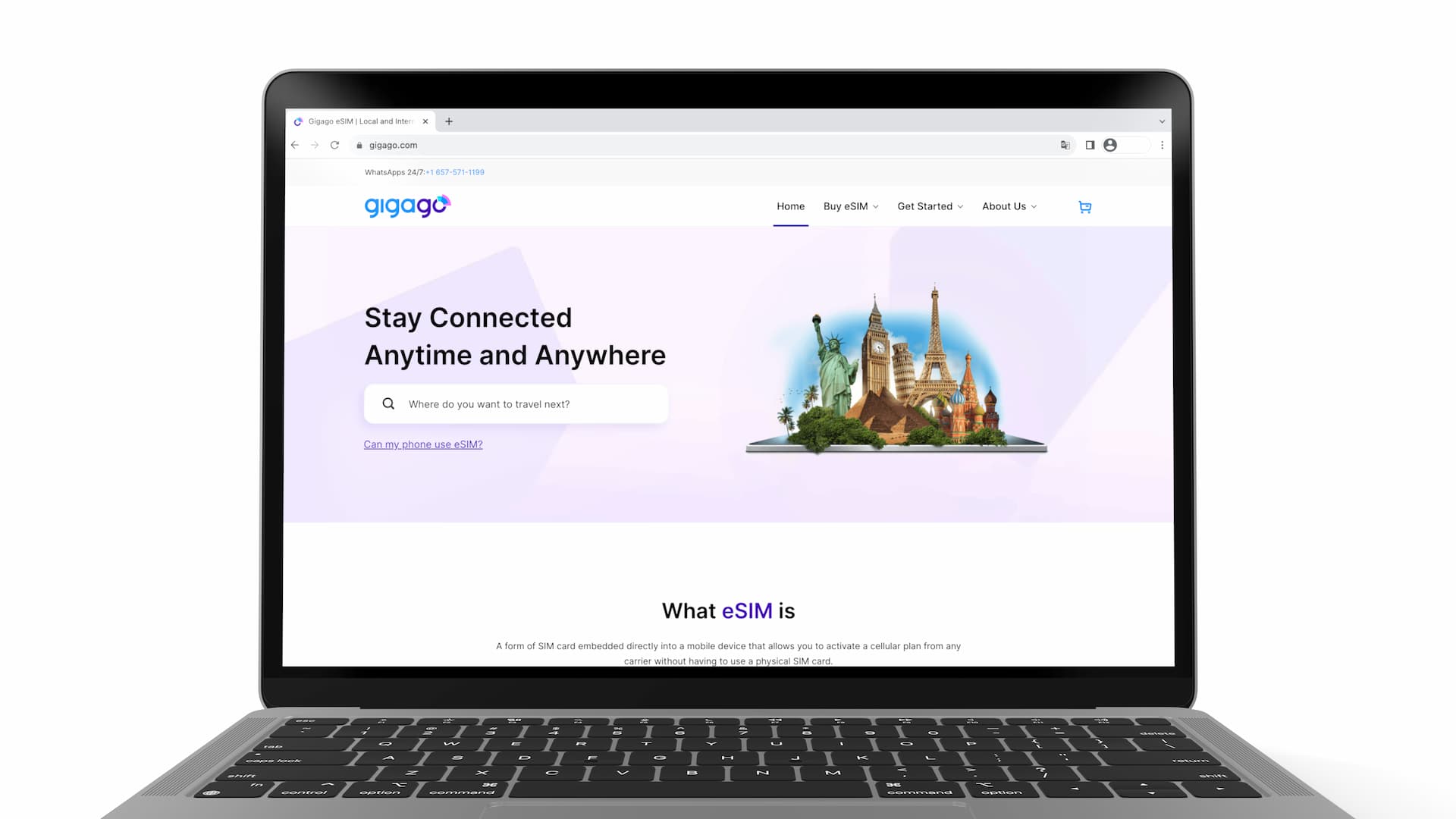全5大陸で190以上の国と地域をカバーしているGIGAGOは、現地料金で旅先のあらゆる所でインターネット接続を提供します。GIGAGOの洗練されたウェブサイトとアプリは、購入を迅速かつ簡単にします。

全5大陸で190以上の国と地域をカバーしているGIGAGOは、現地料金で旅先のあらゆる所でインターネット接続を提供します。GIGAGOの洗練されたウェブサイトとアプリは、購入を迅速かつ簡単にします。
プロモコード
東南アジア向けGIGAGO eSIMデータプラン
利用方法
GIGAGOのeSIM購入方法とクーポンコードの紹介
よくある質問
GIGAGOは東南アジア向けに無制限データeSIMを提供していますか?
GIGAGOは東南アジア向けに無制限データeSIMを提供していません。
代わりに、2GB/日という大容量規定データプランが用意されており、例えば「Asia eSIM (7 Countries)」は5日間で2GB/日、価格は13.50米ドル、7日間で2GB/日、18.00米ドルです。これらは複数の日数が選べ、利用可能な国はインドネシア、マレーシア、シンガポール、タイ、ベトナムなどで、短期の旅行であれば料金を抑えつつ必要なデータを確保できます。
大容量の定量データプランは、非常に大量のデータを必要としない限り、無制限プランよりもコストパフォーマンスが高いとされています。
GIGAGOは東南アジア向けに電話番号やSMS付きeSIMプランを提供していますか?
GIGAGOは東南アジア向けのeSIMプランに電話番号やSMS機能を付帯していません。
全てのプランはデータ通信専用であり、音声通話やSMSを利用する場合はLINE・Facebook Messenger・iMessageなどのVoIPアプリを用いることで、データ回線上で通話やメッセージの送受信が可能です。
GIGAGOの東南アジア向けeSIMプランは、どの国で利用できますか?
GIGAGOの提供する東南アジア向けeSIMプランは、全て複数国で利用できる「複数国プラン」で、主にタイ、シンガポール、ベトナム、マレーシア、インドネシア、フィリピン、カンボジア、ラオス人民民主共和国の8カ国に対応しています。具体的には、Asia eSIM (7 Countries) がインドネシア、マレーシア、シンガポール、タイ、ベトナムで利用可能で、追加エリアとして香港とマカオもカバーしています。次に、Asia eSIM 14 Countriesはインドネシア、カンボジア、ラオス人民民主共和国、マレーシア、フィリピン、シンガポール、タイ、ベトナムを対象にし、さらに中国、香港、日本、韓国、マカオ、台湾もカバーするオプションがあります。最後に、Southeast Asia eSIM (8 Countries) は同じ8カ国(インドネシア、カンボジア、ラオス人民民主共和国、マレーシア、フィリピン、シンガポール、タイ、ベトナム)でサービスを提供し、追加エリアは設定されていません。これらのプランはすべて複数国プランに該当し、国別プランは該当しません。
Summarized by Gen AI. Last updated:





